SOME OF THE MOST DESTRUCTIVE SMALL CREATURES IN THE WORLD
Added on: 16th Dec 2016
LICE

Let’s start our list with the least destructive (but ever so
annoying) creature: The louse. Lice are wingless parasitic
insects that reside on people’s heads and feed on human
blood. Though they are not know to carry diseases, they
are known to impart unto the unfortunate host a most
uncomfortable case of scalp itch. They usually spread
via head-to-head contact with an already infected person
and can also spread via the sharing of clothing and
other personal belongings.
COCKROACHES
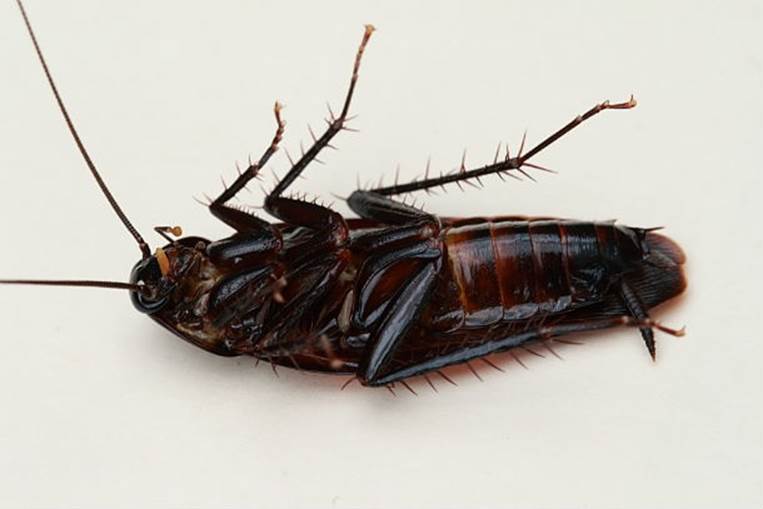
Cockroaches. Their mere sight is enough to fill any sane person
with disgust and for good reason: Cockroaches carry
bacteria. They also reproduce exceedingly fast with females
producing about 300 offspring at one time. Cockroaches
have been linked to asthma and allergies and if found in
a home and left unchecked; can easily infest it.
SILVERFISH
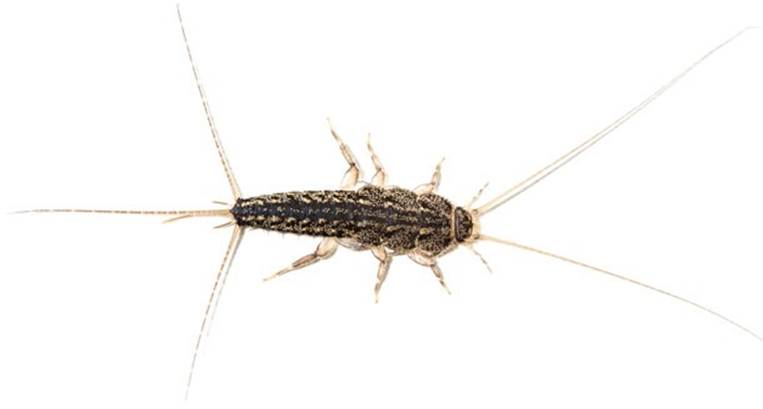
Silverfish are small, wingless insects which can be found
in people’s homes. Though harmless to humans, they are
considered pests due to their diet of starches and dextrin.
This translates into a diet of book bindings, clothing,
coffee, glue, hair, paper, photos, plaster, and sugar.
BEDBUGS
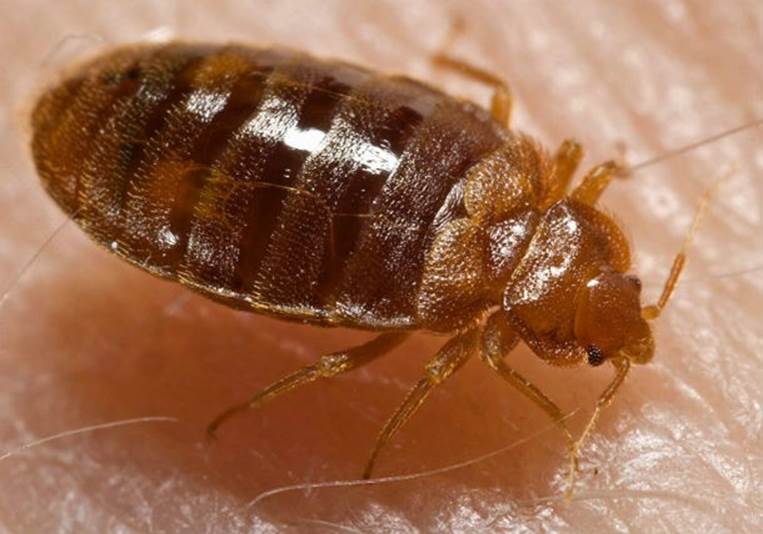
Bedbugs are small, oval, brownish insects that live on the blood
of other animals and humans. Though they are not known to
transmit any diseases, bed bugs are known to be the cause
of allergic reactions, skin rashes and even psychological
effects with the latter being the most destructive. Victims
of bedbug infestations have been known to suffer from
anxiety disorders, depression, stress and sleep deprivation.
Some victims have even resorted to substance abuse,
vandalism and in one particular case, the physical harm
of their pet cat as manifestations of their frustration over
bedbug infestations. “The issue with bed bugs is that you’re
going to bed and you know that at any time some insect
will bite you and you’re at your most vulnerable, you’re sleeping,”
said Dr. Stephane Perron of the Montreal public-health
department, University of Montreal and McGill University.
“You cannot protect yourself.”
ARMY ANTS

Restless and ravenous, army ant colonies are nature’s Mongol
hordes. They kill and eat anything in their way, digesting it
even as they tear it apart. Scientists describe army ants as
having two characteristics: a migrant or nomadic lifestyle and
group predation. There are actually several different ant
species that behave this way but only army ants will kill
everything and anything that crosses their path.
COTTON BOLLWORM
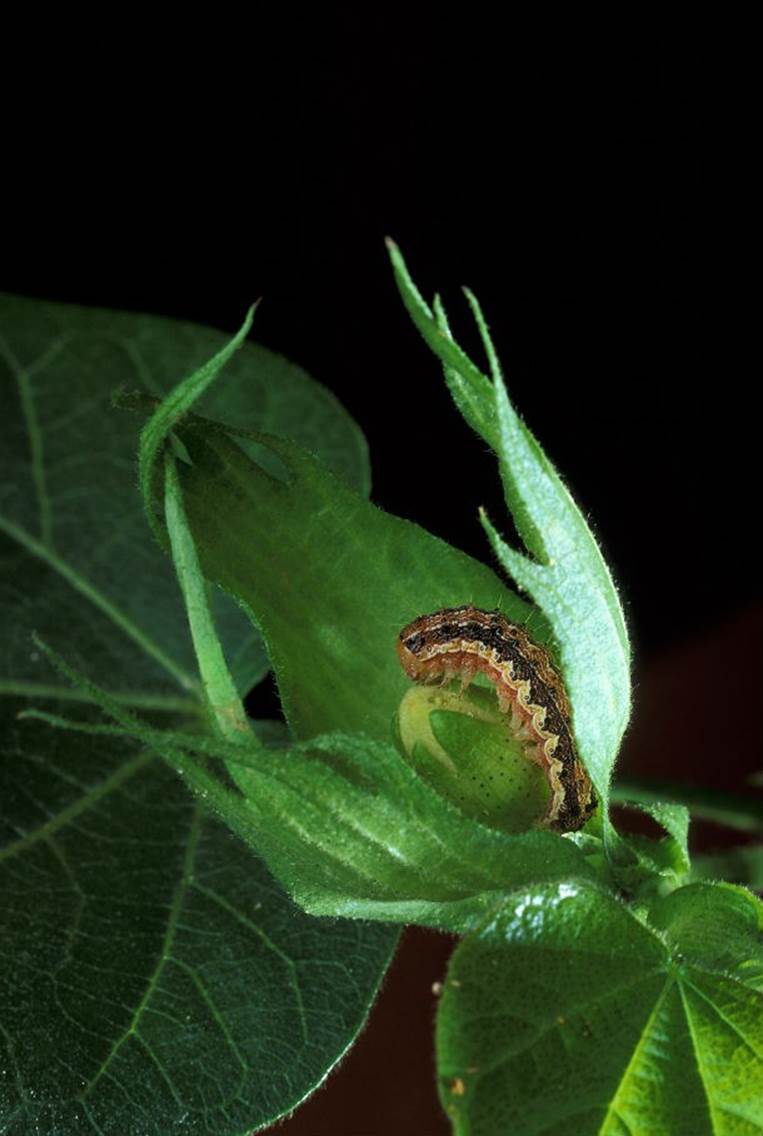
The cotton bollworm is a moth, the larvae of which feed
on a wide variety of plants. However, it is specifically
problematic for cotton crops. This pest is widespread in
central and southern Europe, temperate Asia, Africa, Australia,
Oceania, and has been confirmed to have invaded Brazil as well.
GYPSY MOTH
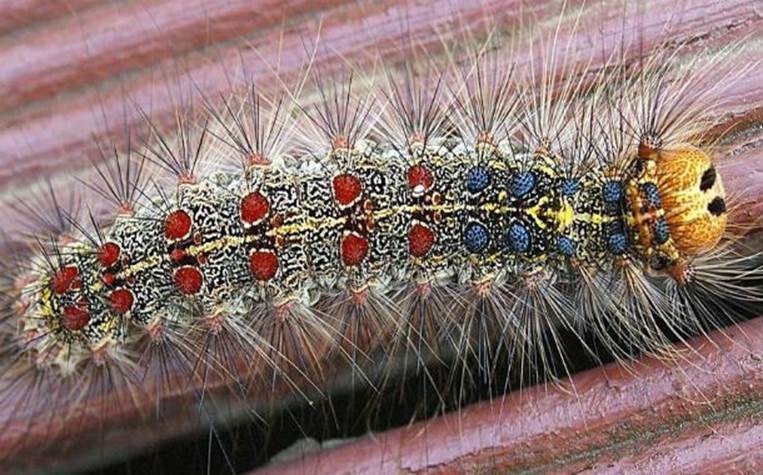
This sneaky creature is one of North America’s most devastating
forest pests. The gypsy moth is known to feed on the
foliage of hundreds of species of plants but its most
common hosts are oaks and aspen. Heavy defoliation
in the larval stage causes stress on infested plants which
may ultimately result in the death of the infected host.
SPIDER MITE

Spider mites are small (less than 1 millimetre) arachnids that
generally live on the undersides of plant leaves. This is
problematic since they feed on several hundred species of
plants and will usually kill it’s host. Researchers estimate that
spider mites are responsible for as much as 5% of total
agricultural productivity loss worldwide.
THE COMMON MYNAH

An otherwise beautiful bird, the common myna is considered
a pest in many areas due to their destructive impact on fruits
such as berries, bananas, papayas, guavas, apples and
pineapples. The bird is known for probing fruits with their
beaks and then eating only a small quantity of the tissue.
This greatly reduces the fruit’s potential value in the
marketplace.

Comment on this